Five Recipes to Make in Celebration of Sustainable Gastronomy Day

18 June 2023
On Sustainable Gastronomy Day, the Crop Trust has linked up with its partners from the Alliance of Bioversity International and CIAT to cook up a menu of dishes based on beans and millets.
Sustainable gastronomy takes into account where the ingredients are from, how the food is grown and how it gets to our markets and eventually to our plates.
Beans, cassava, millets, lentils, chillies and vegetables not only complement each other’s textures and flavours, but also provide a healthy array of vitamins and micronutrients. Discover our selection of recipes that celebrate crop diversity. Bon appétit!
To snack on while you’re trying to decide what to make: Bean Flour Cookies
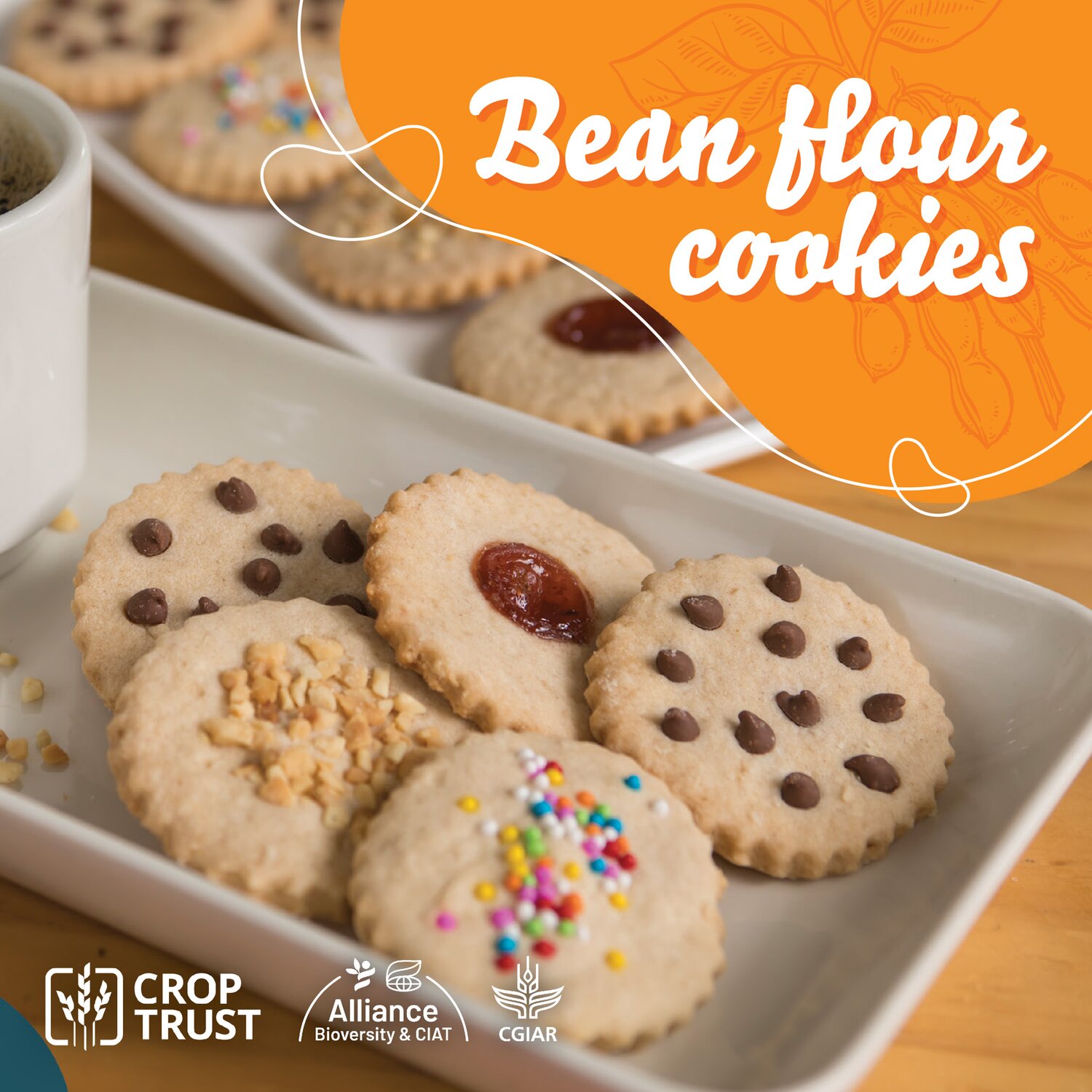
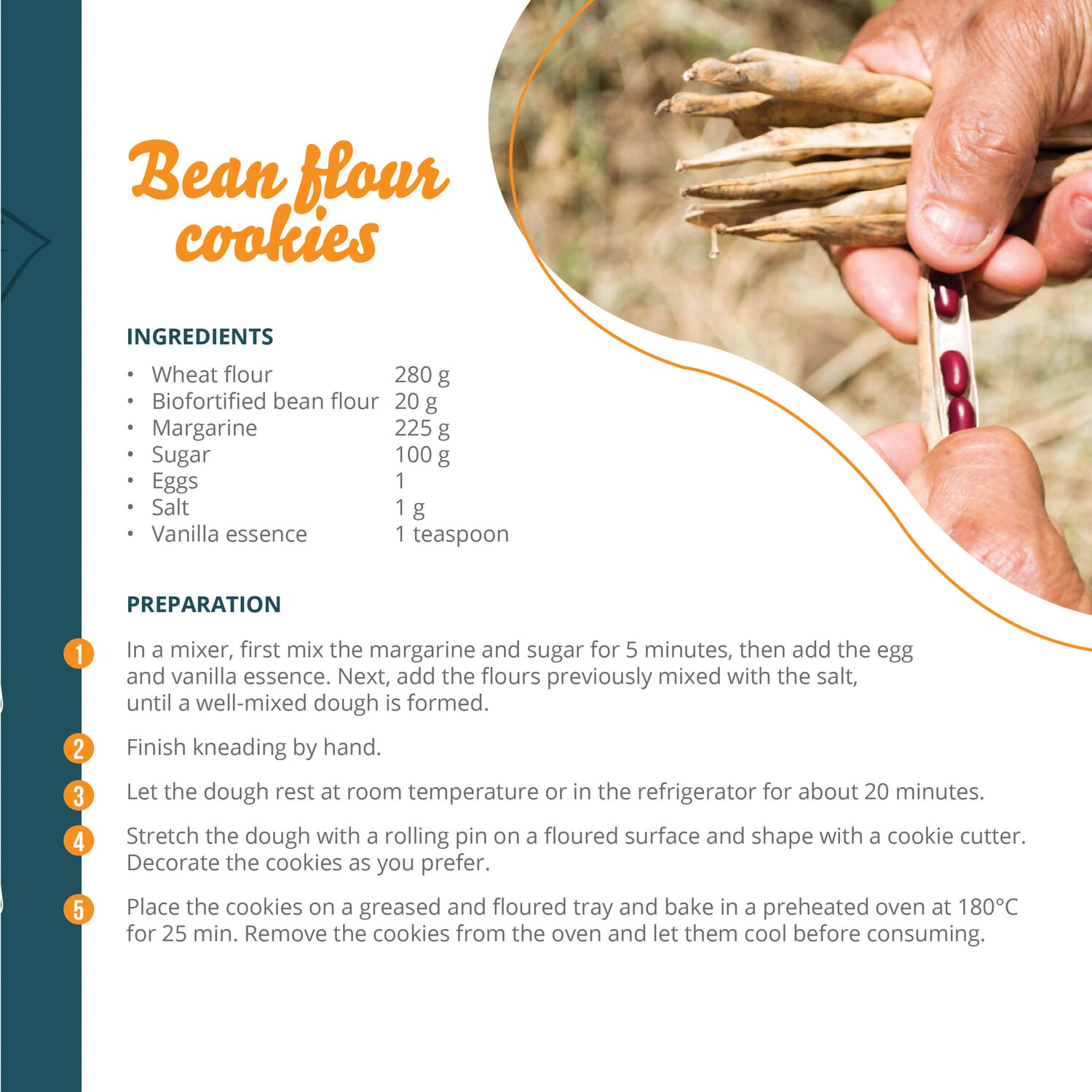
Fun fact about beans: Earlier this year, the Crop Trust signed an agreement with the Alliance of Bioversity International and CIAT that secures the future of their bean collection—the largest globally—forever. This means that the Crop Trust will cover a major part of the costs of the genebank operations that are essential to keep 37,936 bean accessions alive and available to researchers, breeders and farmers.
Starter: Steamed Fish Wrap with Beetroot Fonio & Sautéd Asparagus
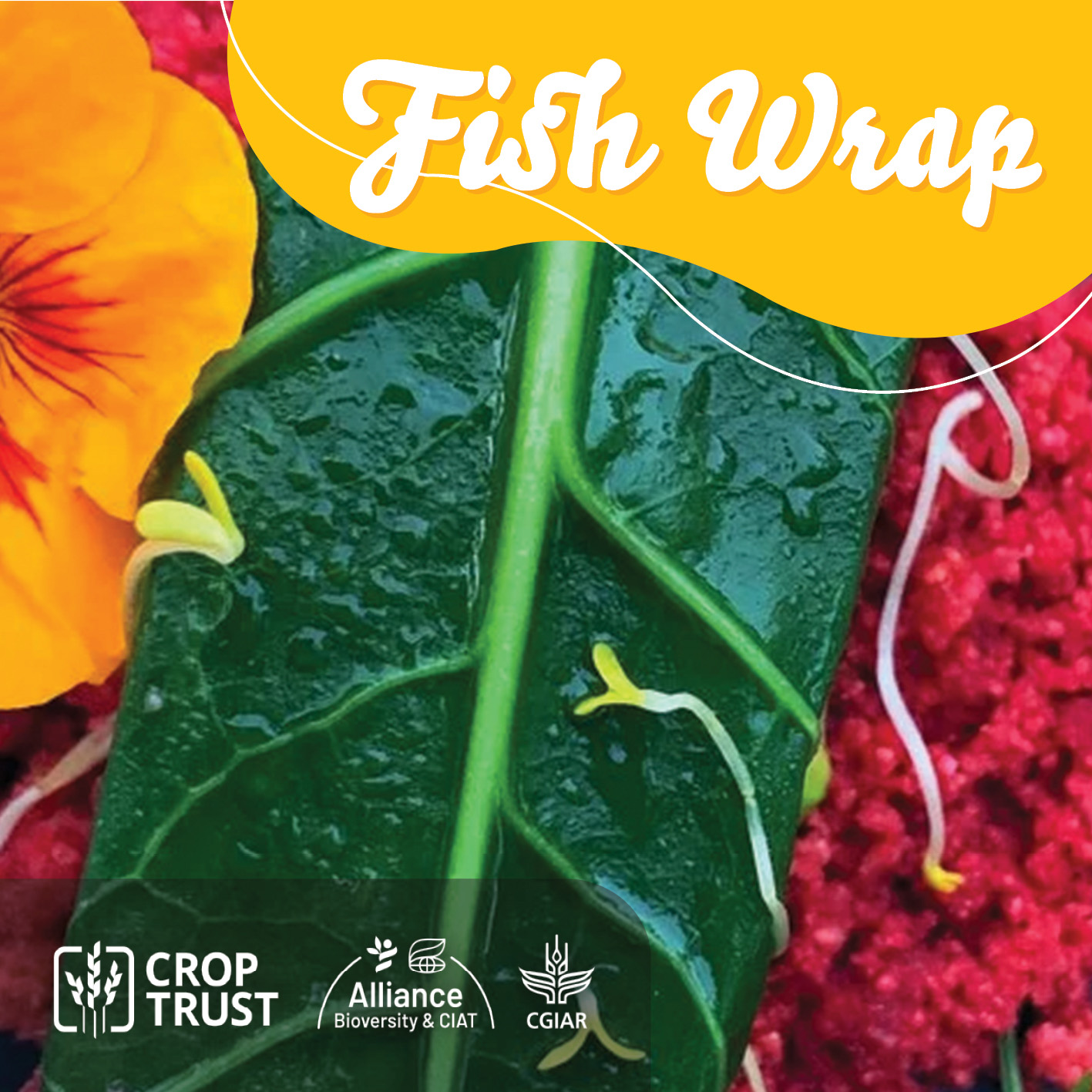
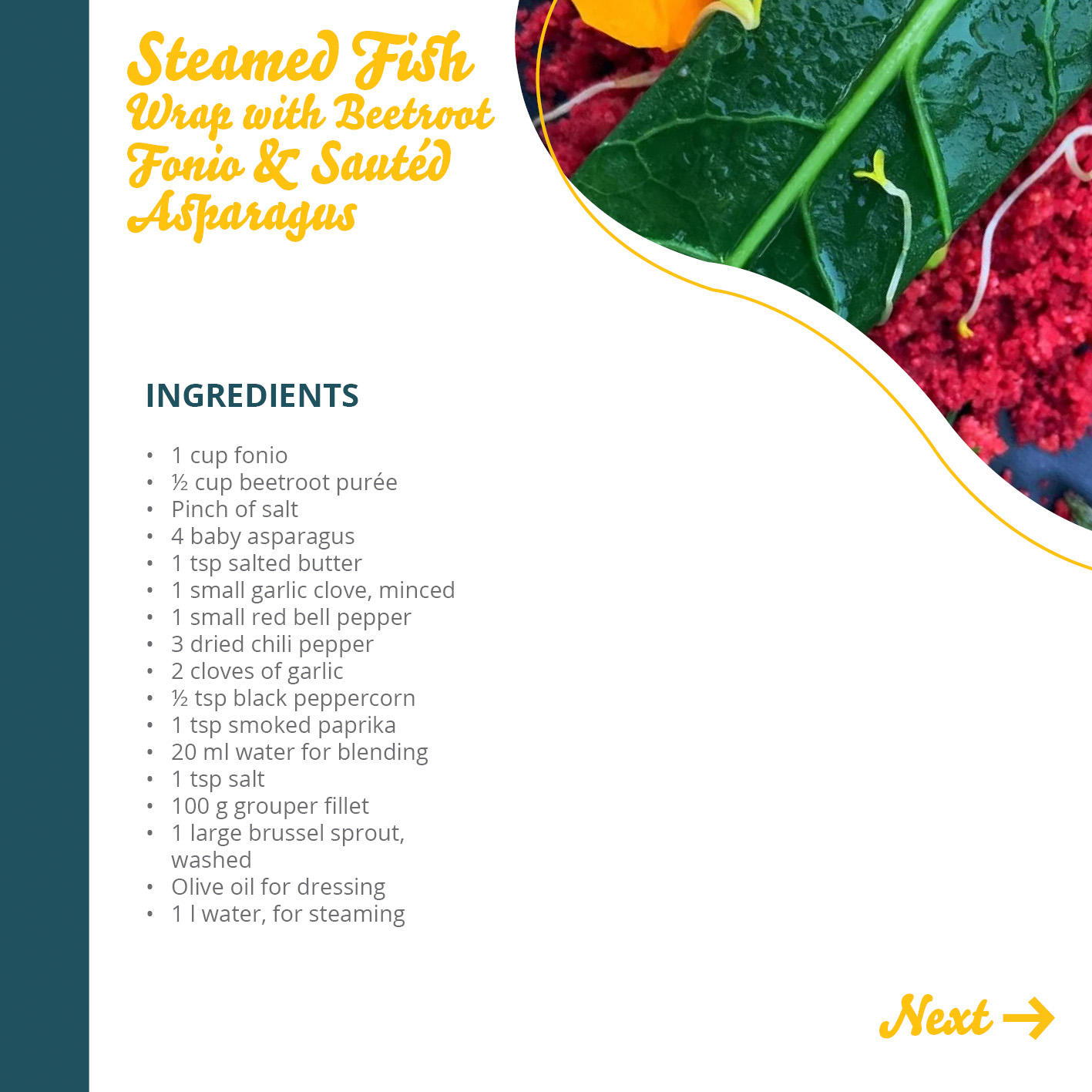
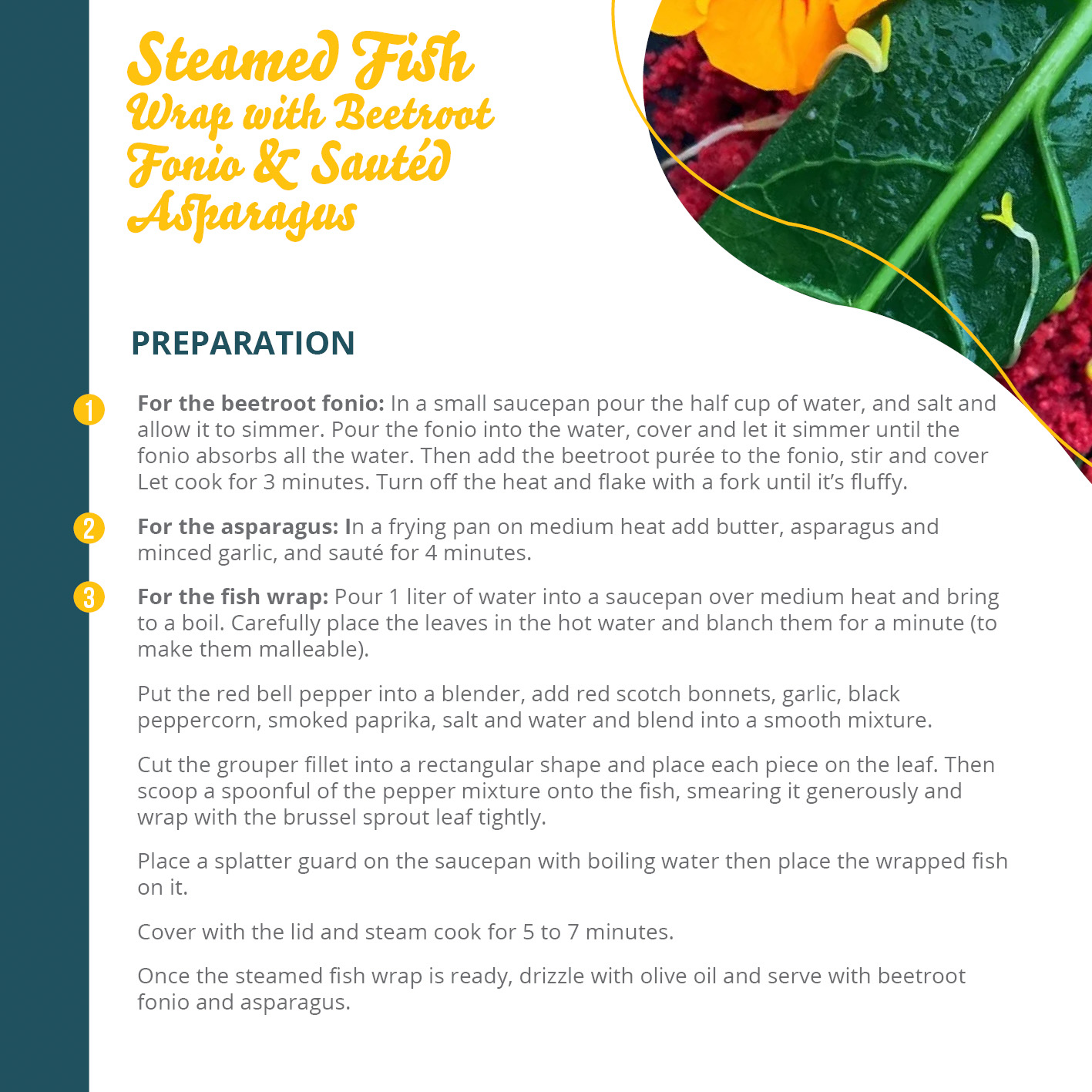
Fun fact about fonio: Not many crops grow reliably in the semi-arid parts of the world, which tend to be remote, rural and harsh. Millets are an exception. The various species grouped under this name, in particular pearl, finger, foxtail and proso millets, grow across South Asia and Africa, as well as in parts Eurasia, North America and Australia. Fonio is especially important in West Africa, and teff in Ethiopia. These cereals are nutritionally rather special. They’re high in micronutrients and fiber, have a low glycaemic index and are gluten free.
Main: Vegan Lentil and Hemp Seed Meatballs in Hemp Seed Curry
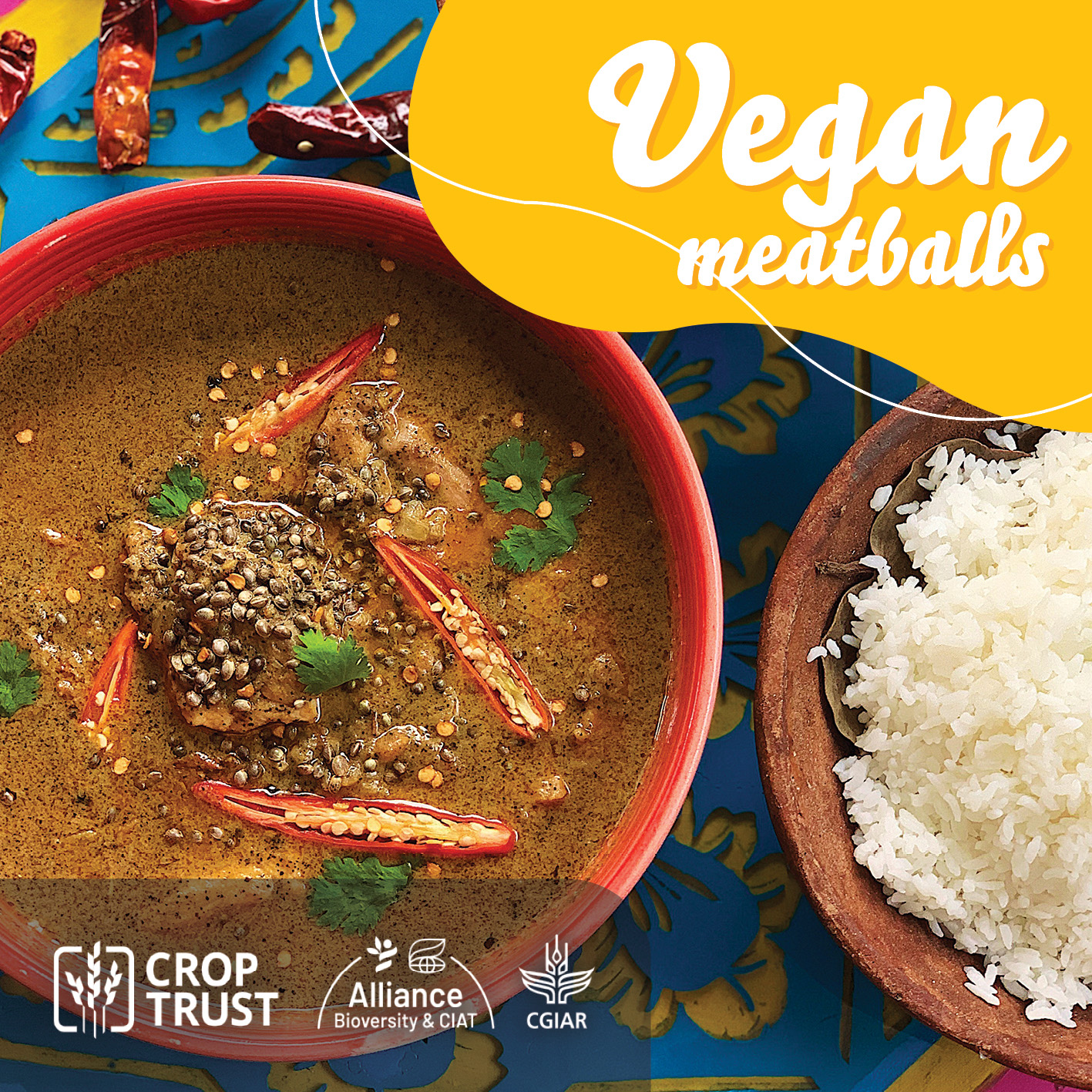
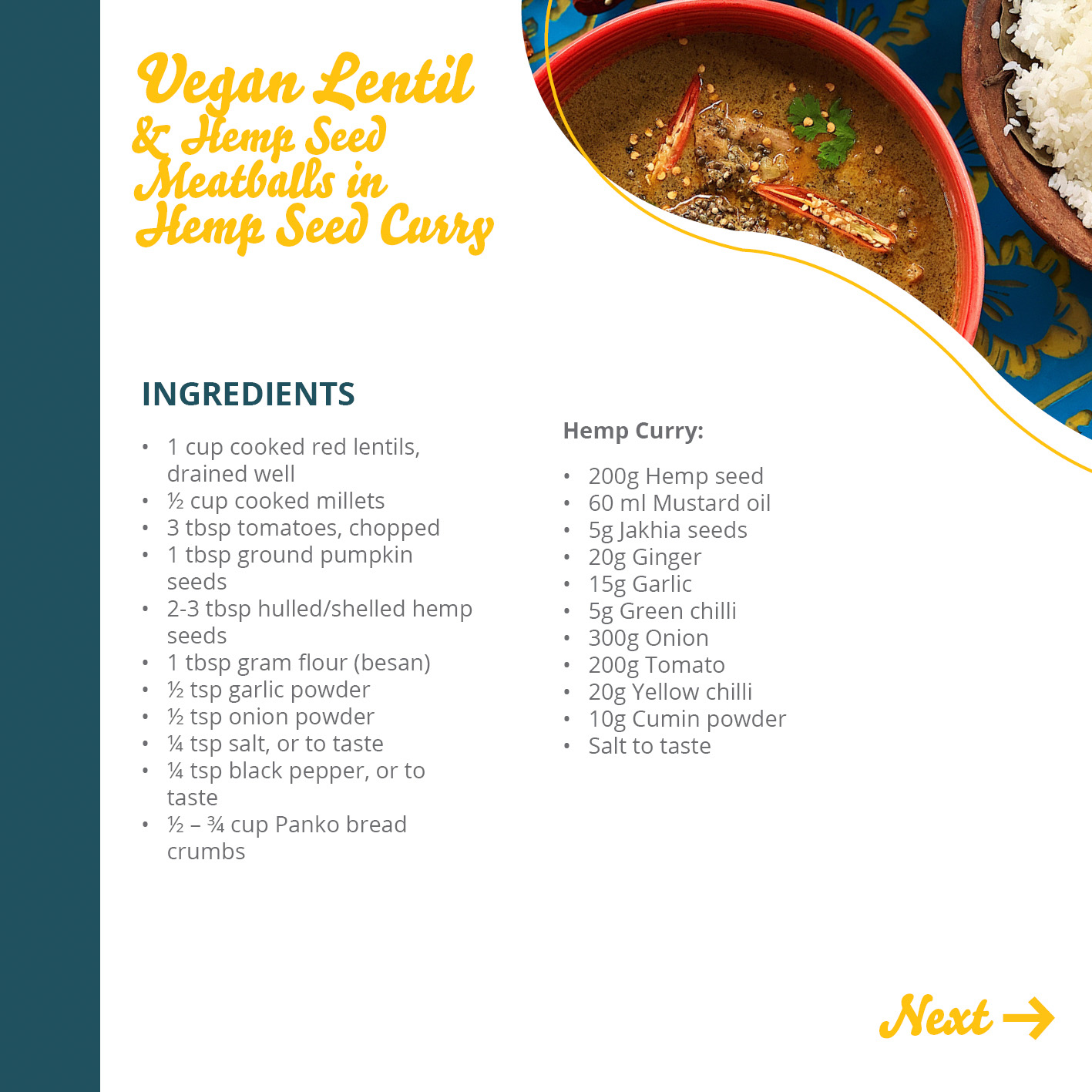
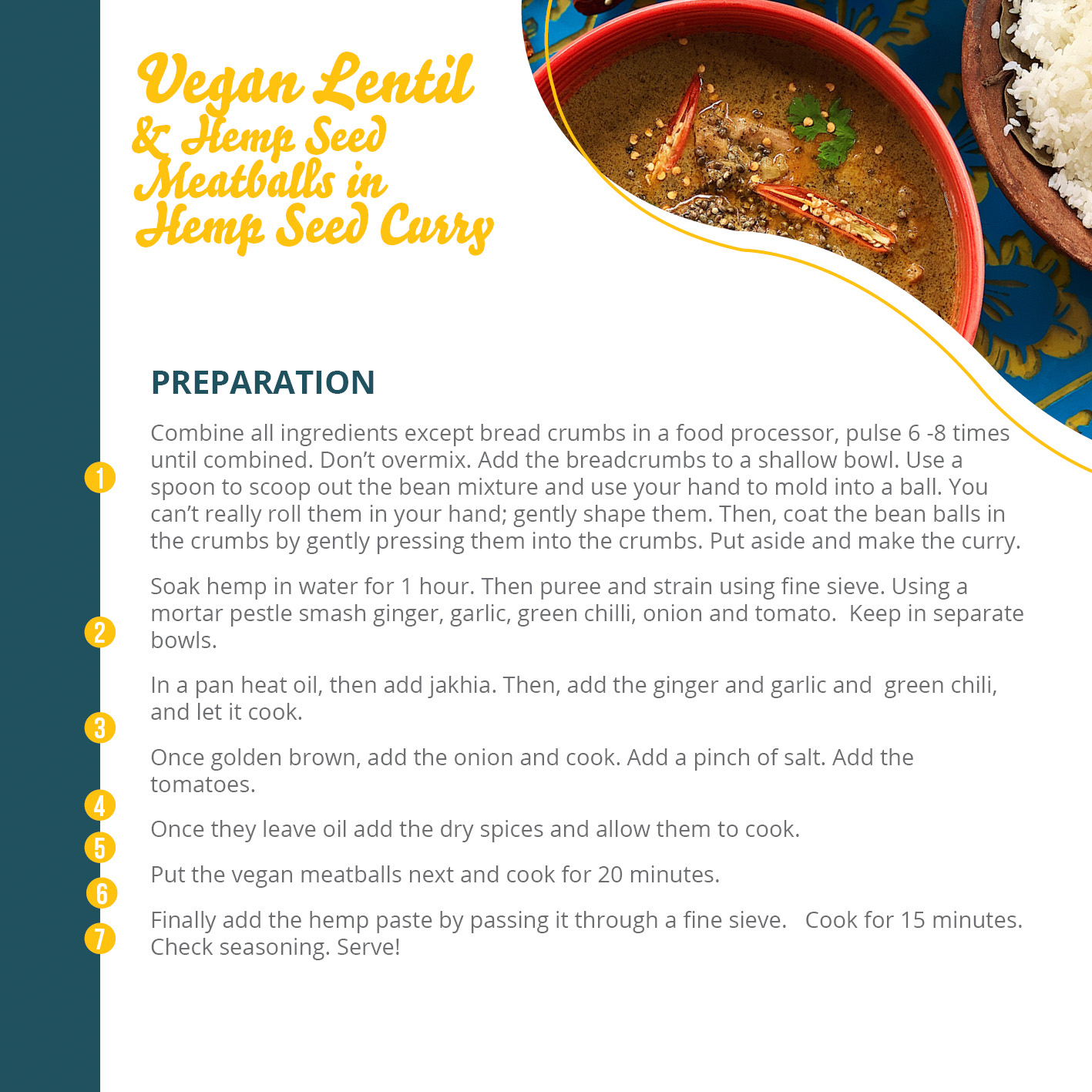
Fun fact about chillies: While chilli peppers are a great way to add some zing to a diet, they are also a high-value crop that provides livelihoods to many smallholder farmers and a hotly traded commodity around the world. Just last week, the World Vegetable Center sent 22 boxes to be deposited on the shelves of the Global Svalbard Seed Vault. Among the 178 vegetable crops included in their shipment, the top five in terms of quantity were chilli peppers, tomatoes, soybeans, green gram, and black gram.
Two options for dessert, because why not: Bean and Cassava Flour Muffins
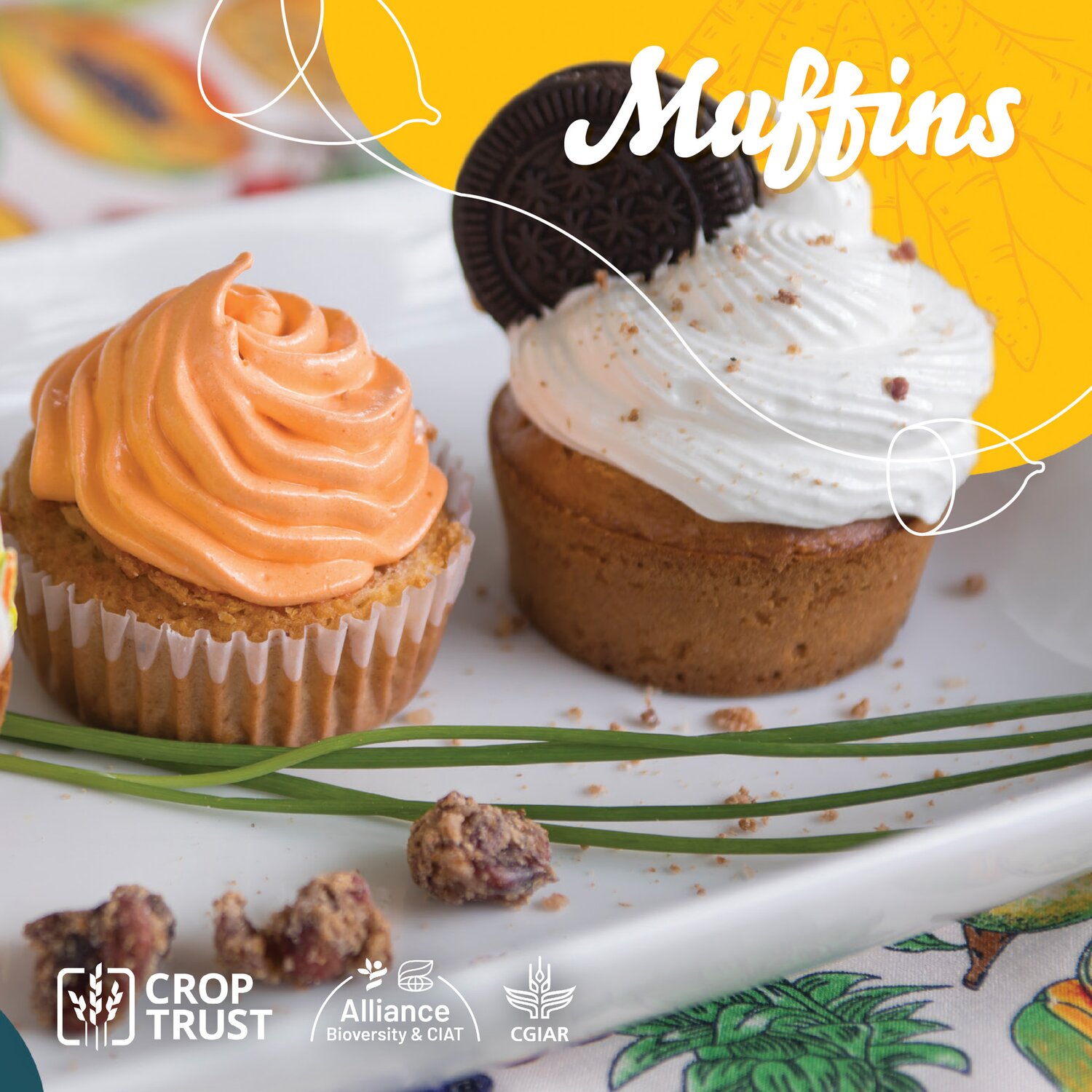
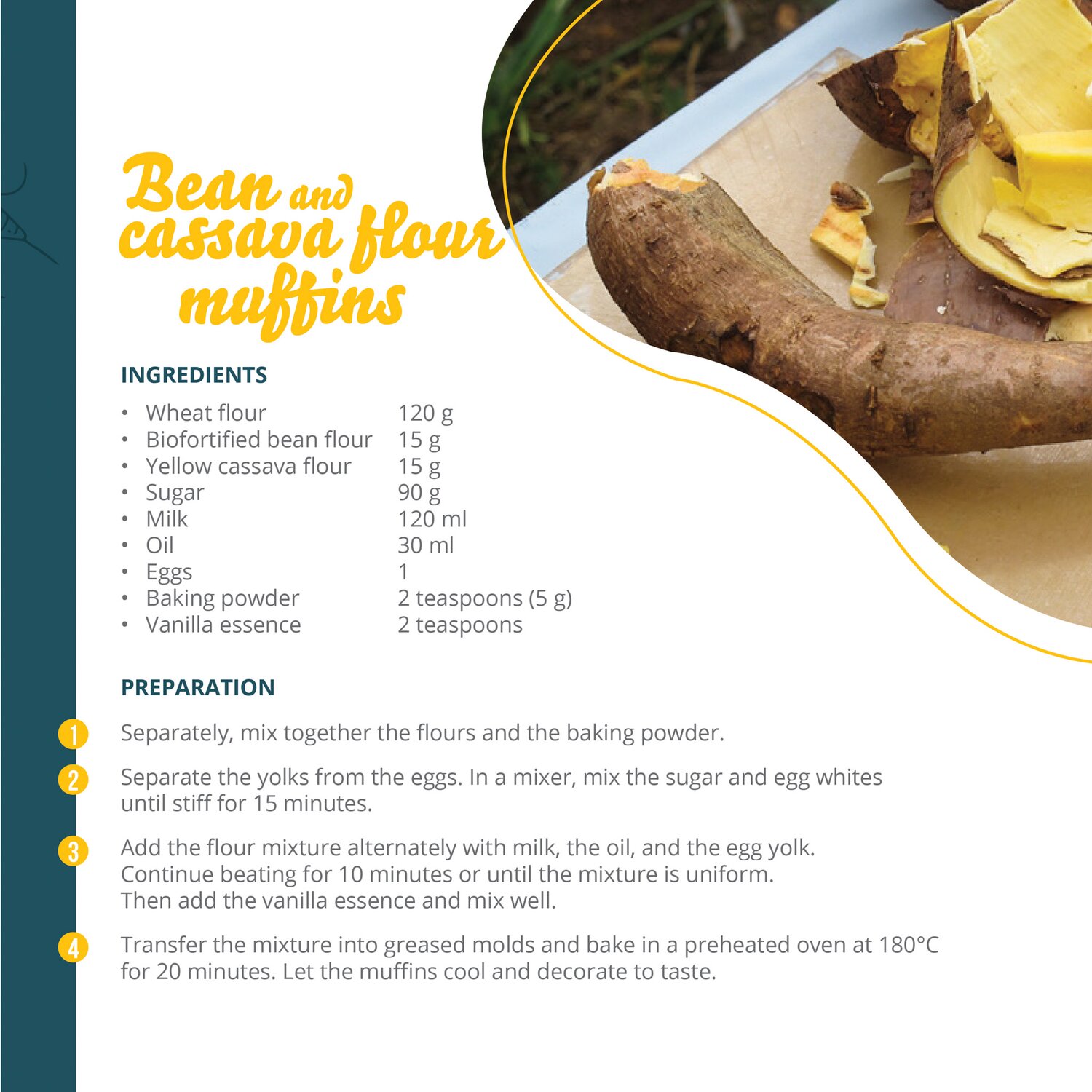
Fun fact about cassava: Cassava is a perennial woody shrub with an edible root, which grows in tropical and subtropical areas of the world. It is also called yuca, manioc, tapioca, and mandioca. It is very hardy, with the ability to grow on land where drought is frequent and in soils where nutrients are low, where cereals and other crops do not grow well. The Crop Trust’s Seeds for Resilience Project is helping the national genebanks of Zambia and Ghana safeguard cassava among other crops—ensuring their collections are safe—and available for use—over the long term.
Bean Flour Banana Cake
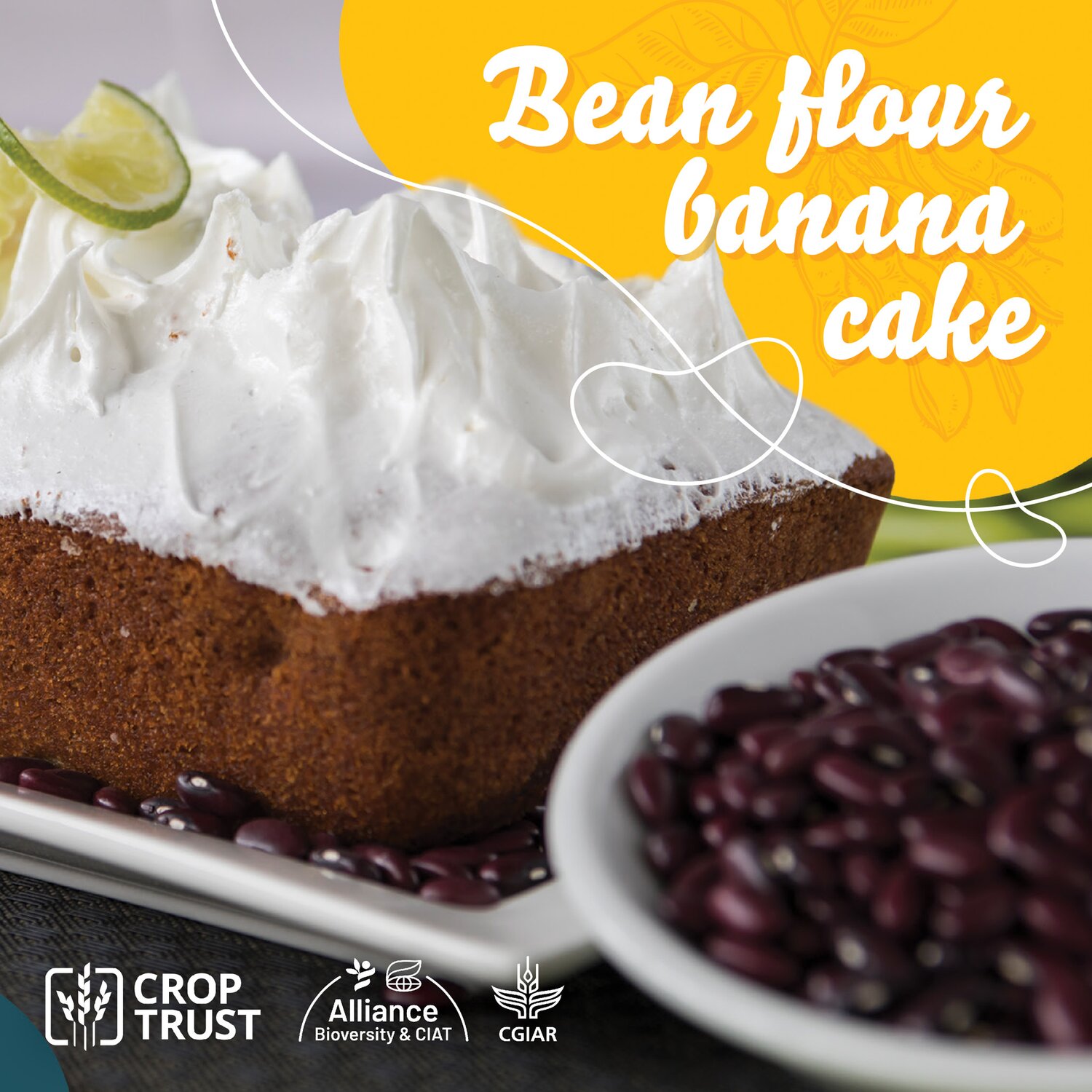
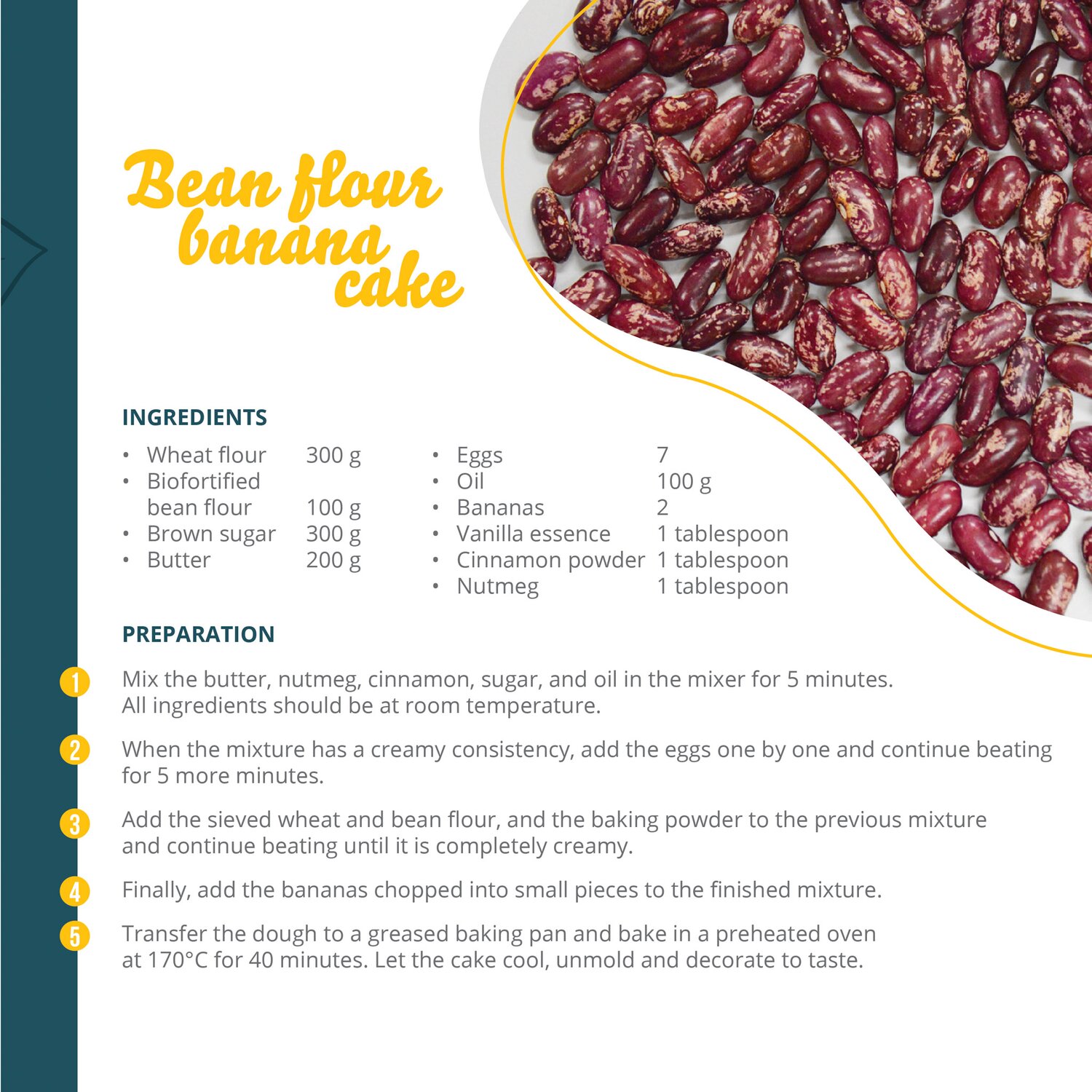
Fun fact about banana: There are many crops that can’t be conserved in the Svalbard Global Seed Vault, for example, banana, cacao, cassava, coffee, and potato. That’s because they don’t produce seeds at all (like bananas). Or if they produce seeds, the resulting plants don’t always resemble their parents (like potatoes). Conserving these crops needs another approach. We can grow small plants in test tubes, known as in vitro conservation, or fully grown plants outdoors, in what are called field collections. But there is another way that is growing in popularity: cryopreservation. But don’t try it on banana cake.

